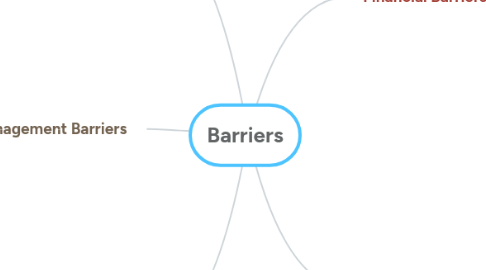
1. Legislative Barriers
1.1. LB1
1.1.1. Inadequate sustainability legislation and legal enforcement by the government.
1.2. LB2
1.2.1. Lack of building codes, standards and regulations.
1.3. LB3
1.3.1. Ineffectiveness of the local green certification.
2. Management Barriers
2.1. MGB1
2.1.1. Lack of a systematic approach to fulfil sustainability.
2.2. MGB2
2.2.1. Environmental or social sustainability not valued in internal capital allocation decisions.
2.3. MGB3
2.3.1. Refusal of companies to change their traditional practices only if there is a proven return on investment.
2.4. MGB4
2.4.1. Contractual procedures / Unclear project requirements.
3. Market Barriers
3.1. MKB1
3.1.1. Lack of awareness and public interest in sustainable construction.
3.2. MKB2
3.2.1. Resistance to changing traditional processes.
3.3. MKB3
3.3.1. Inadequate market supply/demand of sustainable construction resources (materials, energy and services).
4. Financial Barriers
4.1. FB1
4.1.1. Lack of financial incentives and proven return on investment.
4.2. FB2
4.2.1. Lack of investment in sustainability / Risk of investment in new sustainable materials and methods.
4.3. FB3
4.3.1. Lack of awareness about the higher economic risks that unsustainability may incur.
4.4. FB4
4.4.1. High capital and final costs of sustainable construction (materials, equipment, and energy).
4.5. FB5
4.5.1. Long payback periods for sustainable construction projects.
5. Technical Barriers
5.1. TB1
5.1.1. Lack of experts and well-trained professionals with knowledge.
5.2. TB2
5.2.1. Implementing sustainability practices is time-consuming causing project delays.
5.3. TB3
5.3.1. Lack of databases and information for green technologies / Lack of understanding of sustainable construction.
5.4. TB4
5.4.1. Lack of sustainability measurement tools, technology, and equipment.
5.5. TB5
5.5.1. Lack of integrated design for life cycle management.
